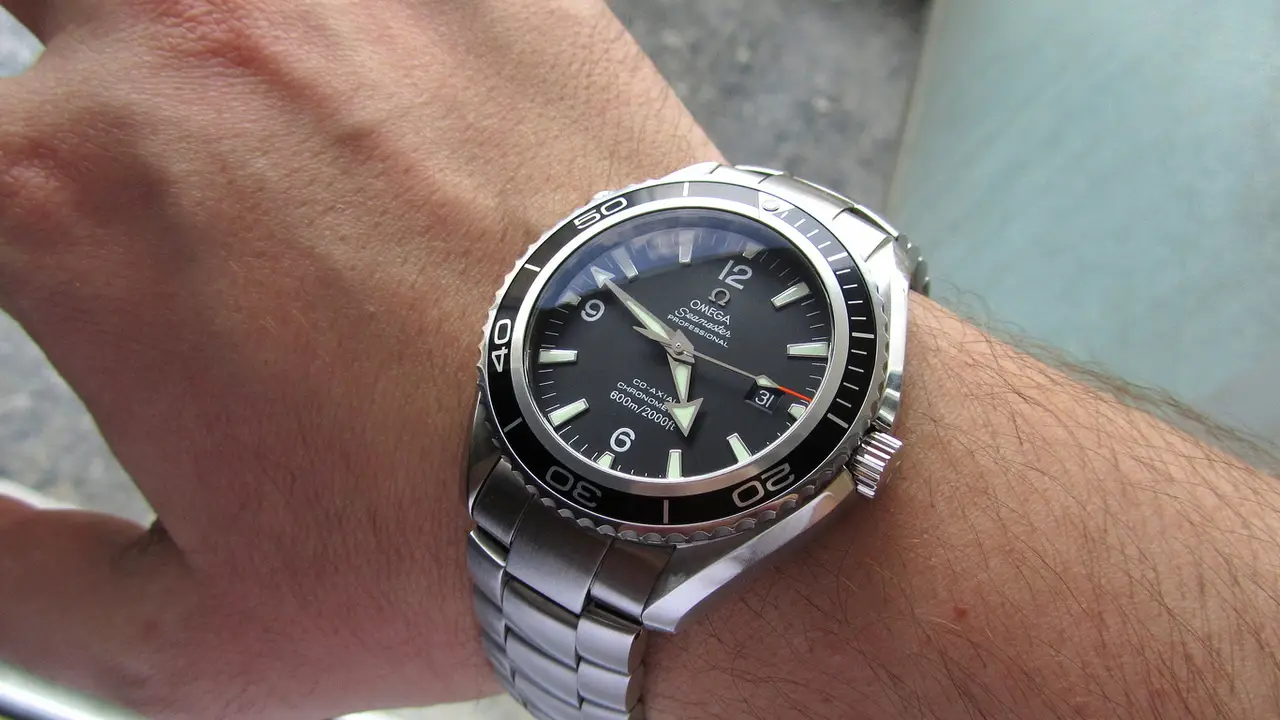The History of Wristwatches: A Timeline of Innovation
Trace the evolution of wristwatches from their origins to modern innovations. Discover key milestones and influential figures in watchmaking history.

Early Beginnings From Pocket Watches to the Wrist
So, where did these wrist-worn timekeepers actually come from? Well, before wristwatches, everyone was rocking pocket watches. We're talking way back in the 16th century! These were status symbols, often ornately decorated and carried by the wealthy. But lugging around a pocket watch wasn't exactly practical, especially for folks who needed their hands free.
Fast forward to the late 19th century. Soldiers started strapping pocket watches to their wrists during wartime, using makeshift straps for convenience. This was the seed that eventually blossomed into the modern wristwatch. It wasn't a fashion statement yet, more of a functional necessity.
The Evolution of Design Functionality Takes Center Stage
Early wristwatches were essentially small pocket watches adapted for the wrist. They weren't particularly stylish or comfortable. But as demand grew, watchmakers started designing watches specifically for the wrist. This led to innovations in case design, strap materials, and overall ergonomics.
One of the key developments was the wire lug, which allowed straps to be easily attached to the watch case. This made it possible to experiment with different strap materials, from leather to metal. The 'trench watch,' designed for soldiers in World War I, became a popular style, featuring a durable case, luminous hands, and a protective crystal.
Key Milestones Influential Figures in Watchmaking
Let's talk milestones! A big one was the introduction of the first self-winding (automatic) wristwatch in the 1920s. This eliminated the need for manual winding, a game-changer for convenience. Then there's the development of the quartz movement in the 1960s, which revolutionized accuracy and affordability.
And who are the big names? Abraham-Louis Breguet, often called the 'father of watchmaking,' invented numerous complications, including the tourbillon. Hans Wilsdorf, the founder of Rolex, pioneered waterproof watches and self-winding movements. These innovators shaped the industry and continue to influence watch design today.
The Quartz Crisis A Shift in the Watch Market
The arrival of quartz watches in the 1970s sent shockwaves through the Swiss watch industry. These watches were far more accurate and cheaper to produce than traditional mechanical watches. Many established Swiss brands struggled to compete, leading to a period known as the 'quartz crisis.'
However, the Swiss watch industry didn't give up. They adapted by focusing on luxury mechanical watches, emphasizing craftsmanship, heritage, and exclusivity. This strategy proved successful, and mechanical watches experienced a resurgence in popularity.
Modern Innovations Smartwatches and Beyond
Today, the watch industry is a fascinating mix of tradition and innovation. Mechanical watches are still highly sought after by collectors and enthusiasts, while smartwatches have become a mainstream accessory.
Smartwatches offer a range of features, from fitness tracking to notifications and mobile payments. They've blurred the lines between watches and smartphones, appealing to a new generation of tech-savvy consumers. But even with the rise of smartwatches, traditional watchmaking continues to thrive, proving that there's room for both in the modern world.
Recommended Watches Through the Ages
Let's look at some specific watches that represent key moments in wristwatch history:
- Cartier Tank (Early 20th Century): A classic rectangular watch that embodies Art Deco style. Elegant and timeless, perfect for formal occasions. Expect to pay upwards of $3,000 for a vintage or modern model.
- Rolex Submariner (1950s): An iconic dive watch known for its durability and waterproofness. A symbol of adventure and exploration. Prices range from $8,000 to $15,000 depending on the model and condition.
- Seiko Astron (1969): The world's first quartz wristwatch. A revolutionary timepiece that changed the watch industry forever. Vintage models can be found for around $500 to $1,000.
- Apple Watch (2015 - Present): Representing the modern smartwatch era, offering a plethora of features. A versatile choice for everyday wear and fitness tracking. Prices start around $300.
Choosing the Right Watch Style and Usage Scenarios
Watches aren't just about telling time; they're about expressing your personal style. Consider these scenarios when choosing a watch:
- Formal Events: A dress watch with a leather strap is a classic choice. Look for a slim profile and a minimalist dial.
- Casual Wear: A sports watch or a field watch with a durable strap is a great option. Choose a watch that can withstand everyday wear and tear.
- Outdoor Adventures: A dive watch or a chronograph with water resistance and a robust case is essential. Look for features like a compass or a GPS.
- Everyday Use: A versatile watch that can be worn in a variety of settings is a smart investment. Consider a watch with a stainless steel bracelet or a leather strap that can be easily changed.
Comparing Different Watch Types Mechanical vs Quartz vs Smartwatch
Let's break down the pros and cons of each type:
- Mechanical Watches:
- Pros: Craftsmanship, heritage, collectibility, no battery required (automatic), smooth sweeping seconds hand.
- Cons: Less accurate than quartz, requires regular servicing, more expensive.
- Quartz Watches:
- Pros: Highly accurate, affordable, low maintenance, battery-powered.
- Cons: Less collectable, less 'soul' than mechanical watches, battery needs replacement.
- Smartwatches:
- Pros: Feature-rich, fitness tracking, notifications, mobile payments, customizable.
- Cons: Battery life limited, requires charging, technology becomes outdated quickly.
Final Thoughts on Watch History and Your Choice
The history of wristwatches is a story of innovation, adaptation, and enduring style. From humble beginnings as repurposed pocket watches to sophisticated smartwatches, timepieces have evolved to meet the needs of each generation. Whether you're a seasoned collector or a first-time buyer, understanding the history of watches can help you appreciate the craftsmanship and artistry that goes into these remarkable objects. So, explore the world of watches, find what resonates with you, and wear your timepiece with pride!
:max_bytes(150000):strip_icc()/277019-baked-pork-chops-with-cream-of-mushroom-soup-DDMFS-beauty-4x3-BG-7505-5762b731cf30447d9cbbbbbf387beafa.jpg)






